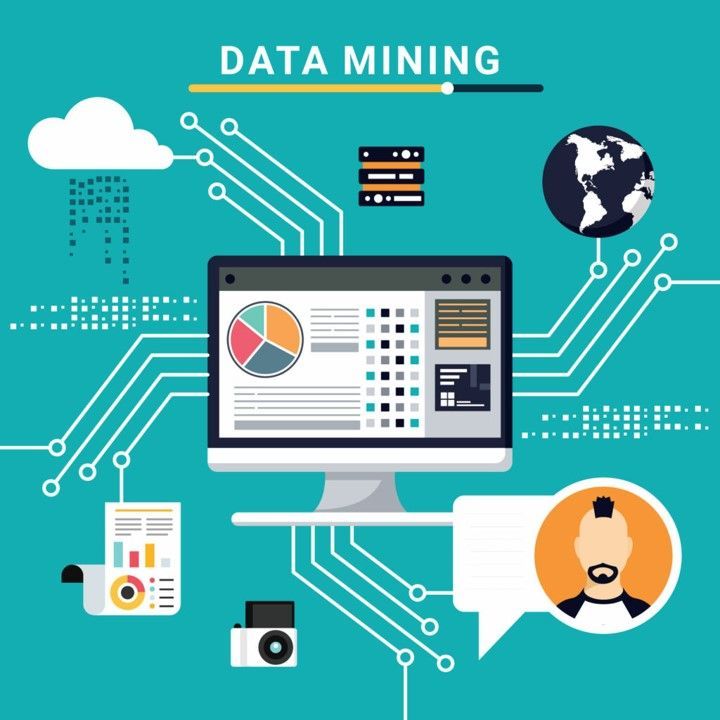
Comparing Business Intelligence and Data Mining

What is Business Intelligence?
Business intelligence (BI) refers to the processes, technologies, and tools used by organizations to analyze and make sense of their data. It involves collecting, storing, and transforming raw data into actionable insights that drive informed decision-making. BI tools enable businesses to monitor key performance indicators (KPIs), track trends, and identify patterns or anomalies within their data.
The Role of Business Intelligence
Business Intelligence is pivotal for organizations seeking a competitive advantage, furnishing them with an all-encompassing perspective of their operations. Through the utilization of BI tools, enterprises can enhance operational efficiency, streamline processes, discern customer preferences, and optimize resource allocation.
What is Data Mining?
Data mining is a subset of the broader field of business intelligence that focuses on discovering patterns, relationships, and insights within large datasets. It involves applying statistical and machine learning techniques to uncover hidden patterns or anomalies that can drive strategic decision-making. Data mining tools help businesses identify trends, predict future outcomes, and gain a deeper understanding of their data.
Unleashing the Potential of Data Mining
Data mining enables organizations to extract valuable information from vast amounts of data. It helps businesses uncover hidden patterns and relationships that are not easily discernible through traditional analysis methods. By leveraging data mining techniques, organizations can make more accurate predictions, improve customer targeting, optimize marketing campaigns, reduce risks, and enhance overall business performance.
Comparing Business Intelligence and Data Mining
Scope and Purpose
Business intelligence focuses on providing a broad view of an organization’s operations by analyzing historical and current data. It aims to answer questions such as “What happened?” and “How are we performing?”. On the other hand, data mining dives deeper into the data to uncover meaningful insights and patterns. It seeks to answer questions like “Why did it happen?” and “What will happen next?”.
Techniques Used
Business intelligence relies on techniques such as reporting, data visualization, OLAP (Online Analytical Processing), and ad-hoc querying to analyze data. These techniques provide a high-level overview of the data and are well-suited for monitoring KPIs and identifying trends. Data mining, on the other hand, employs more advanced techniques like clustering, classification, regression, and association analysis to uncover hidden patterns and relationships that can be used for predictive modeling and decision-making.
Applications
Business intelligence encompasses applications in financial analysis, sales forecasting, customer relationship management, and supply chain optimization, facilitating data-driven decisions across departments. On the other hand, data mining specializes in tasks like fraud detection, customer segmentation, market basket analysis, and predictive maintenance, extracting valuable insights for strategic decision-making.
Integration and Implementation
Business intelligence tools are typically integrated into existing systems, such as enterprise resource planning (ERP) or customer relationship management (CRM) software. They often require data preprocessing and cleansing to ensure data accuracy and consistency. Data mining tools, on the other hand, require more sophisticated algorithms and may involve data exploration and preparation before applying the mining techniques. These tools can be integrated into existing BI platforms or used as standalone solutions.
Limitations
While both business intelligence and data mining provide valuable insights, they also have certain limitations. Business intelligence may be constrained by the availability and quality of data, as well as the time required for data preprocessing and analysis. Data mining, on the other hand, may face challenges with large volumes of data, scalability, and interpretability of complex models. It requires a deeper understanding of statistical and machine learning techniques to obtain meaningful results.
All Rights Reserved | Genx DMCC